0Tactical operations take place under constantly changing lighting conditions. In the field, personnel may face many types of light environments, ranging from the brightest to the darkest: daylight, dusk, low light, no light, and mixed lighting.
Each setting presents its own set of challenges and demands a specific approach to night operations. Gaining a clear understanding of these environments is essential for selecting the right gear, whether it’s night vision, thermal optics, or illumination tools.
Daylight Environment
Daylight refers to the period between sunrise and sunset when visibility is optimal. Common daylight environments include:
- Clear, open outdoor spaces
- Brightly lit indoor areas
- Night battlefields illuminated with bright white light
Under these conditions, the human eye operates at peak performance, relying on photopic vision to spot threats, identify targets, and track movement with ease. Since visibility is already optimal, night vision devices provide little to no tactical benefit. Success in daylight operations depends more on awareness, speed, and coordination than on visual enhancement tools.
Dusk Light Environment
Dusk light, also known as a transitional lighting environment, commonly occurs in early morning, late evening, dimly lit indoor spaces with scattered white light, or illuminated city streets.
In these conditions, light levels drop significantly compared to full daylight, causing human visual performance to decline. It becomes more difficult to identify details, track moving targets, and maintain focus.
As dusk progresses, deep shadows form across both urban and natural environments, reducing the effectiveness of night vision devices in these areas.
Conversely, white light flashlights offer clearer and more immediate visibility.
Thermal imaging optics also provide a tactical edge by detecting heat signatures at longer distances, making them essential tools for operations during dusk.
Low Light Environment
Night operations often take place in environments such as moonlit wilderness, sparsely lit urban areas, or interiors with faint lighting.
Under these lighting conditions, human vision is significantly impaired, judgment of size and distance also becomes less accurate. In short, this is when a soldier’s unaided visual performance drops off dramatically.
In such environments, the benefits of night combat gear become increasingly apparent. With systematic and proper training, these tools can greatly enhance combat effectiveness.
No Light Environment
A no-light environment refers to complete darkness, such as moonless wilderness or fully enclosed spaces like caves, tunnels, or basements.
In these conditions, human vision is completely lost, making dark adaptation irrelevant. Operating in such conditions requires careful use of night combat gear:
- Using weapon lights or flashlights demands advanced training. Without proper skills, the user may unintentionally expose themselves as a target.
- Low-light night vision devices cannot function independently in total darkness and must be paired with effective infrared illumination.
- Integrating thermal imaging can provide a significant tactical advantage.
Mixed Lighting Environment
Mixed lighting environments are complex and constantly changing. When an area contains a variety of light conditions, it becomes difficult to operate effectively using only one type of night combat gear:
- Smoke-filled conditions
When thick smoke suddenly blankets the battlefield, visual clarity drops sharply. In such cases, thermal fusion night vision devices and thermal weapon sights can cut through the haze and restore situational awareness. - Dark adaptation
The brighter the environment someone is coming from, the longer their eyes will take to adjust to the darkness.
Wearing sunglasses for extended periods before entering dark spaces is one technique that can help speed up the adaptation process. For units with proper night operations training, the most effective approach is to deploy a complete set of night combat gear, and match the right tools to the lighting conditions on the ground.

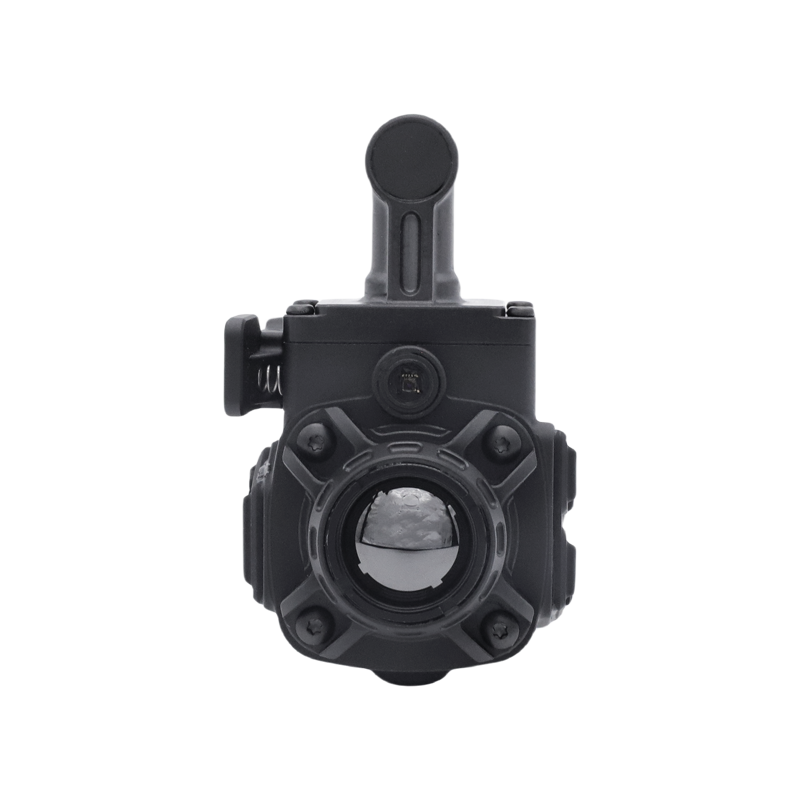

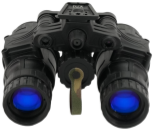

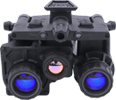



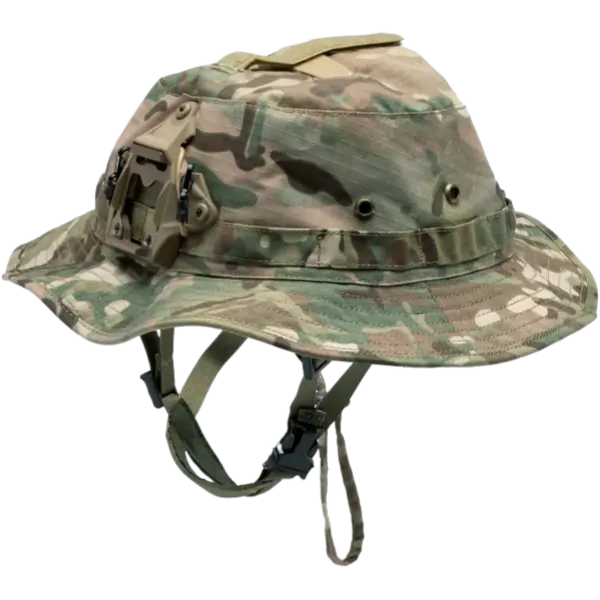
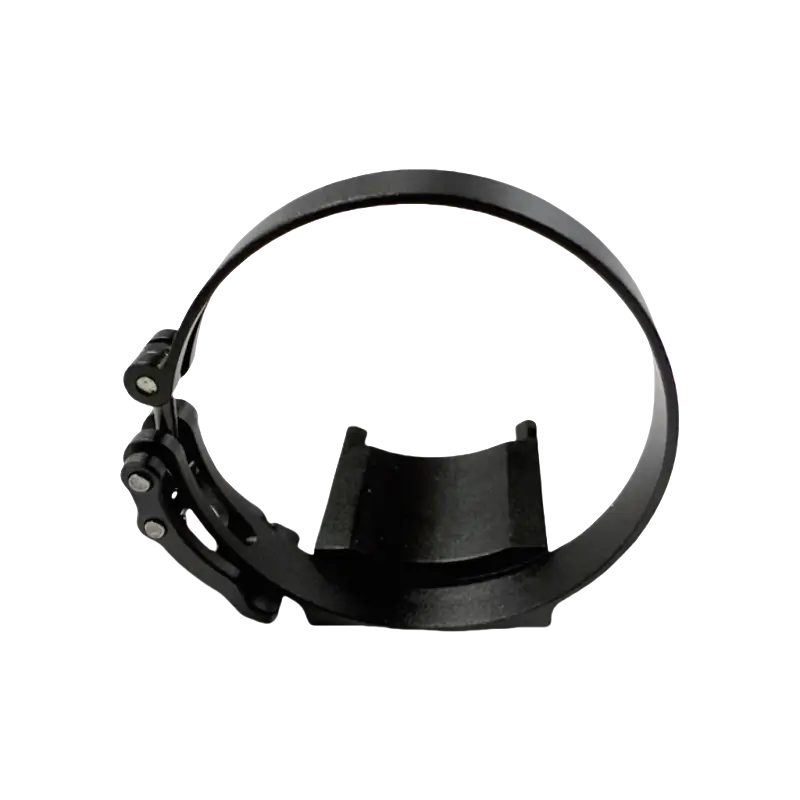
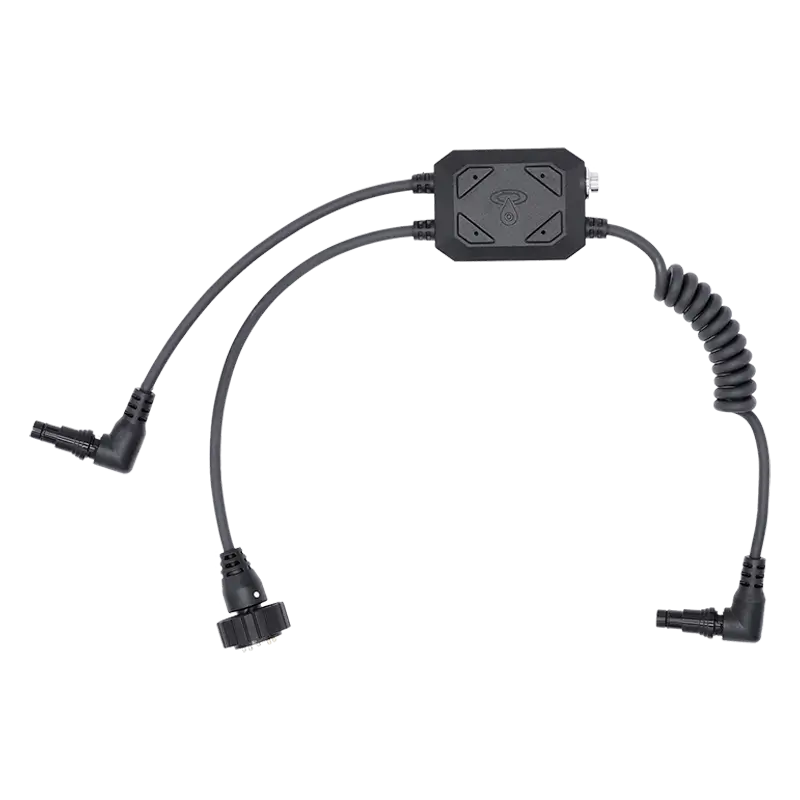
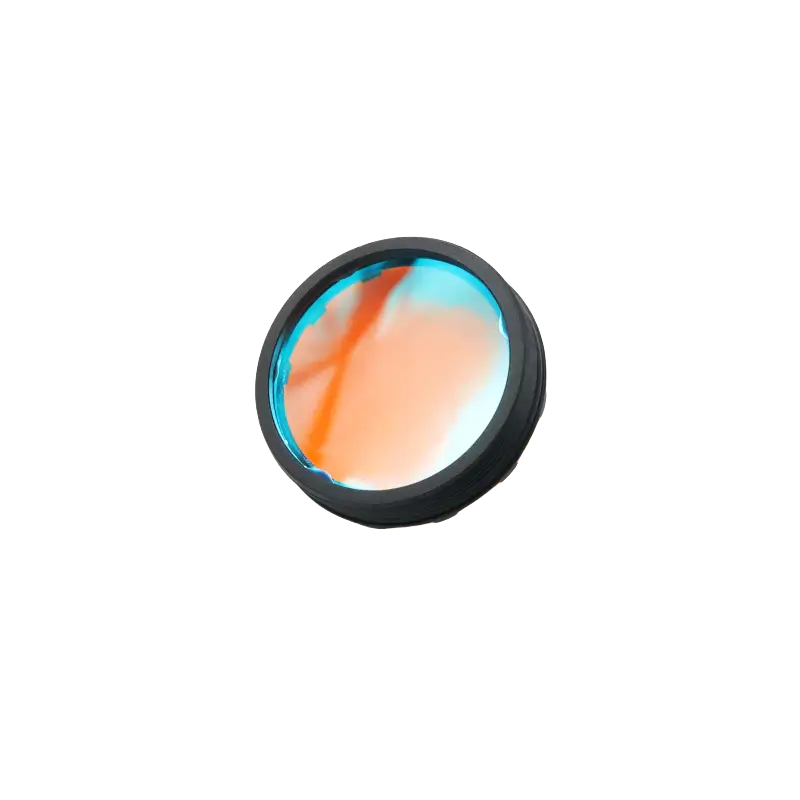
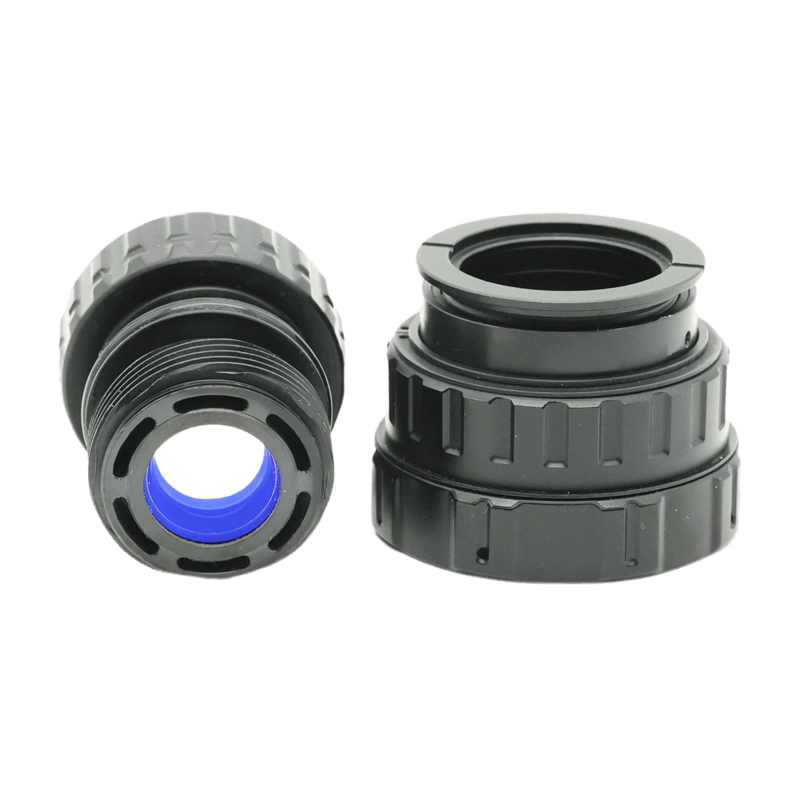
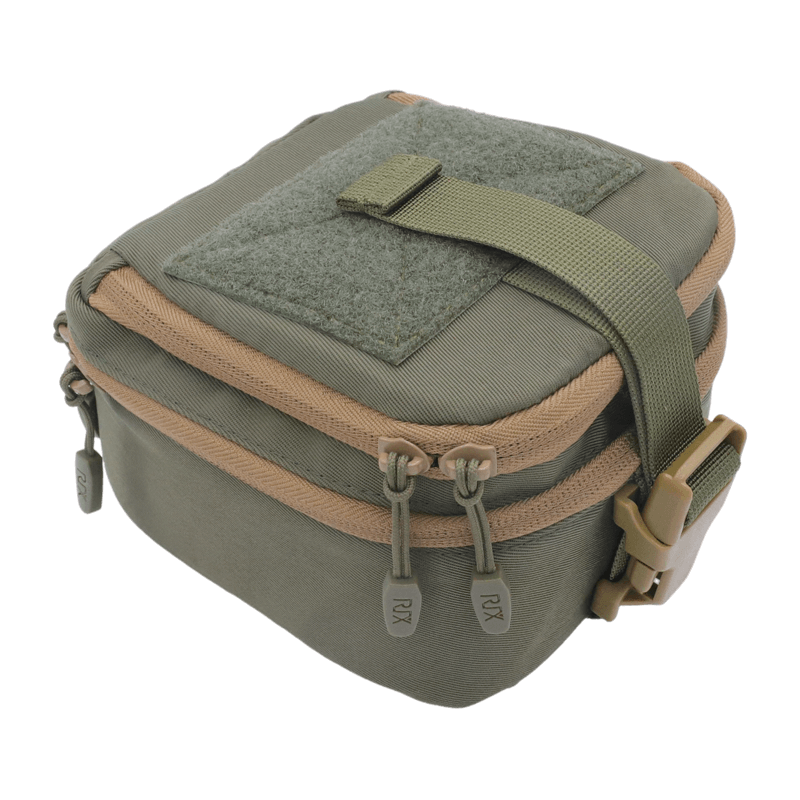
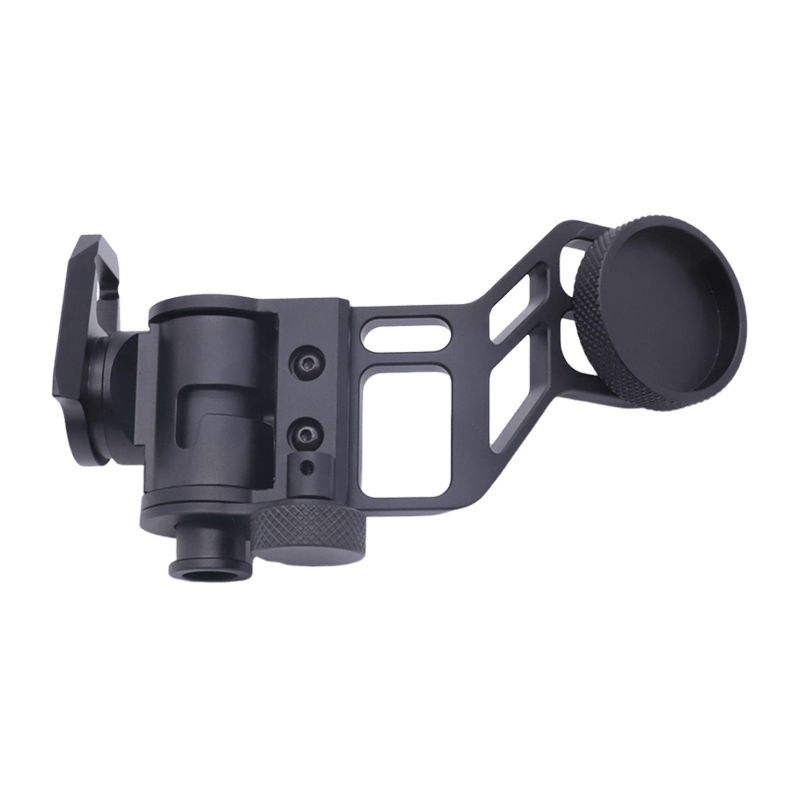
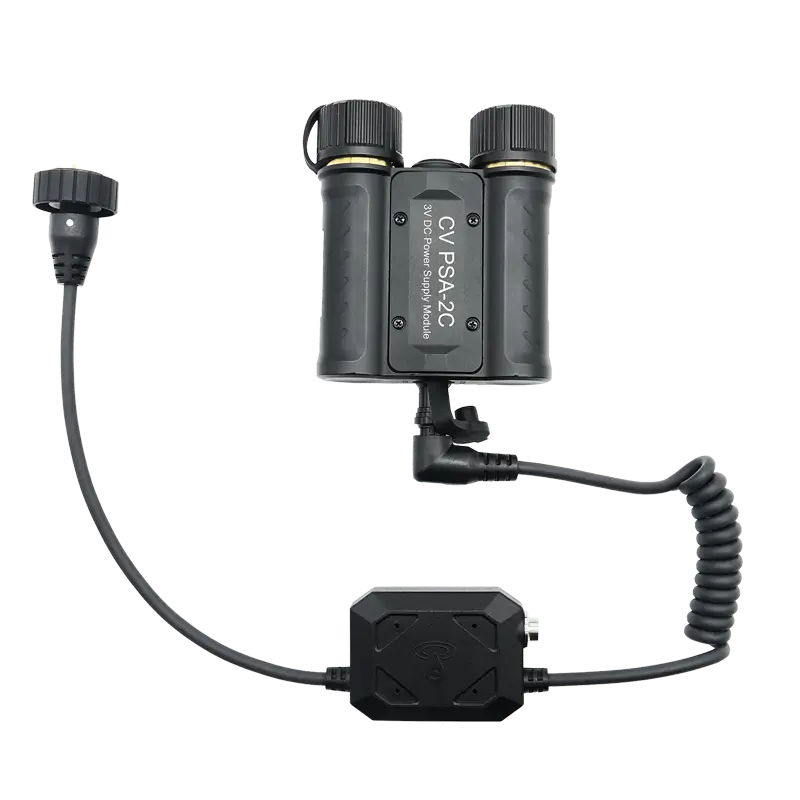
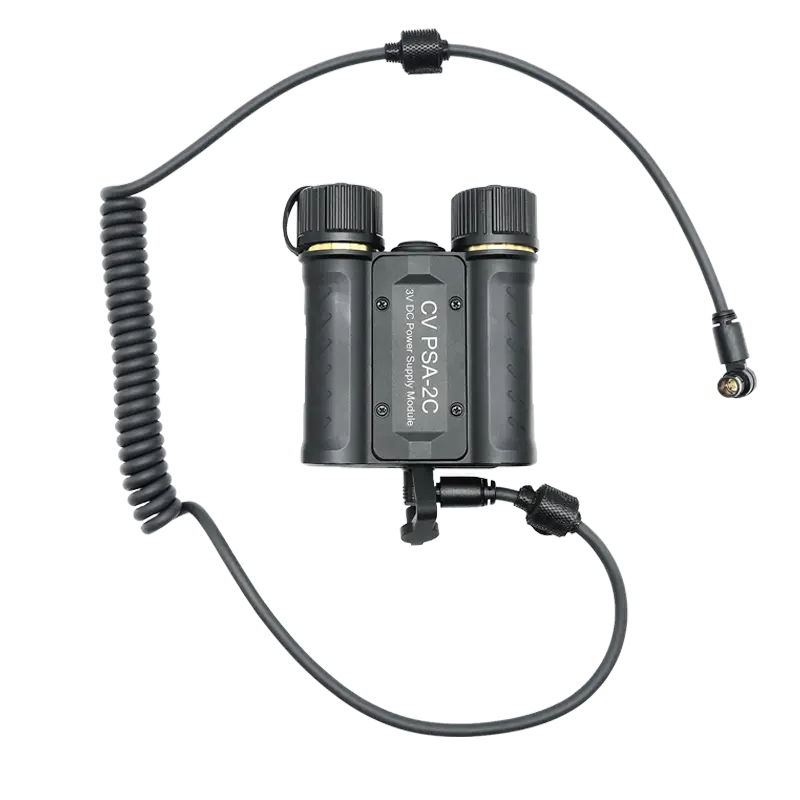
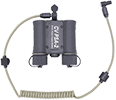
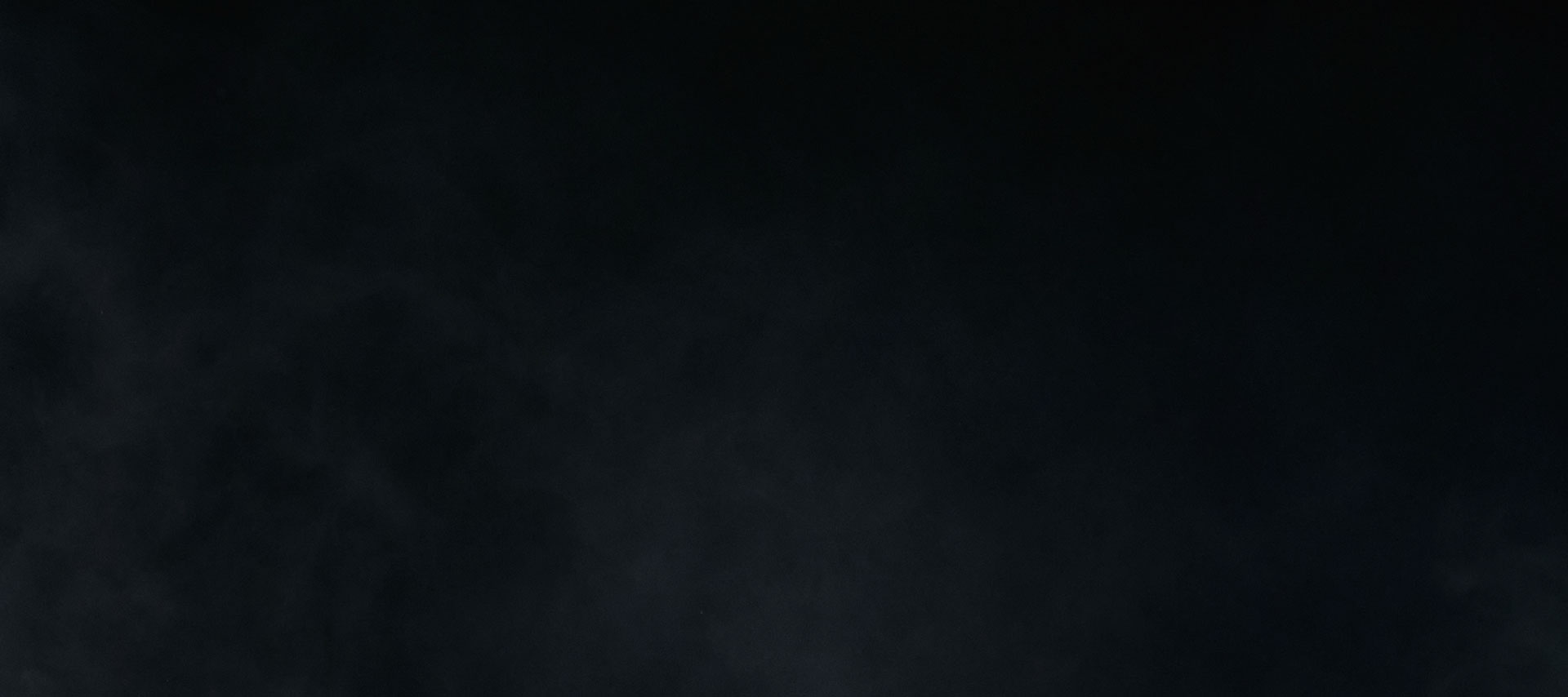
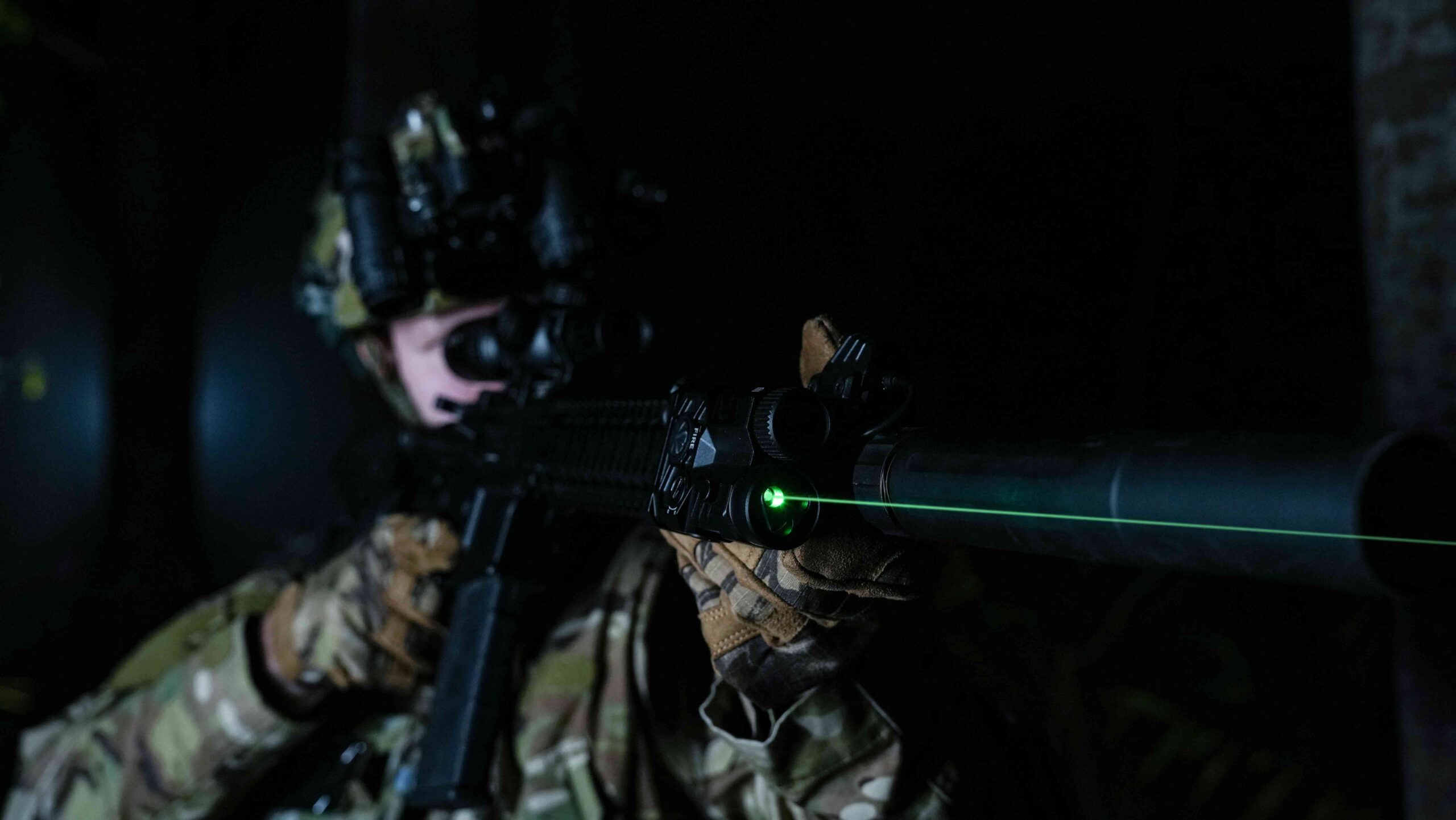
Comments